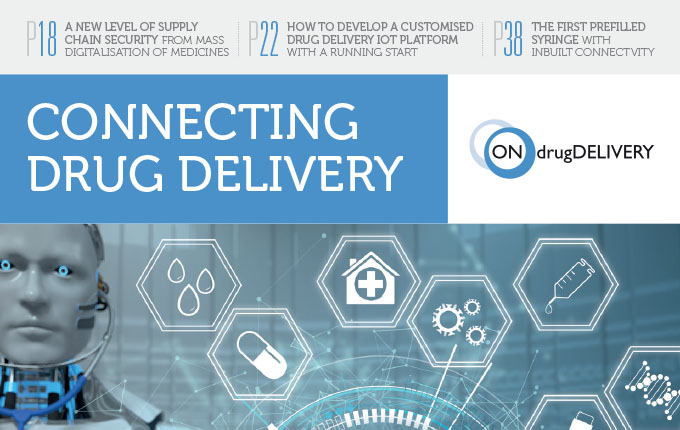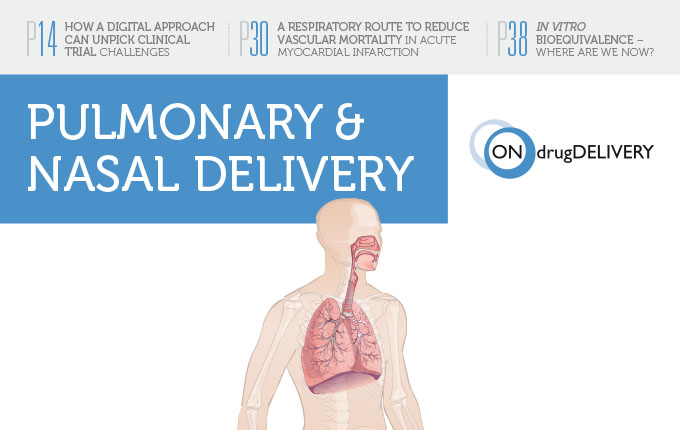In the realm of pharmaceuticals, the surge in interest surrounding inhaled and nasal drug delivery is palpable. Yet, as this field gains momentum, drug developers are met with the daunting challenge of shepherding complex orally inhaled and nasal drug products (OINDPs) through the rigors of clinical trials. This journey is anything but straightforward, compounded by a scarcity of expertise and resources. Within this landscape, understanding the informational prerequisites and strategic allocation of resources emerge as paramount.
In a collaborative endeavor to shed light on this critical juncture, Gemma Budd, General Manager at Nanopharm (an Aptar Pharma company), and Julie Suman, Vice President of Scientific Affairs at Aptar Pharma, pool their expertise. Together, they offer invaluable insights into the labyrinthine realm of OINDP development, articulating strategies and counsel for both innovator and generic OINDP ventures.
Navigating Regulatory Pathways for OINDPs
Before exploring the exigencies of preclinical and clinical trials, it’s crucial to grasp the array of regulatory avenues available for OINDPs. These pathways, ranging from New Drug Applications to Abbreviated New Drug Applications, each entail distinct preclinical and clinical requisites. However, amidst these nuances, a common thread emerges in the form of Chemistry, Manufacturing, and Controls (CMC) standards. These regulations act as guideposts, shaping the trajectory of OINDP development from conception to commercialization.
Establishing Preclinical Foundations
The preclinical phase serves as the bedrock for subsequent clinical endeavors, necessitating meticulous attention to efficacy and safety assessments. Central to this stage is the interrogation of drug delivery mechanisms, formulation influences, and toxicity profiles. Animal testing, though fraught with challenges, underscores the need for robust deposition studies and physiologically relevant models. By elucidating the intricate interplay between drug, device, and biological systems, preclinical investigations lay the groundwork for informed clinical decision-making.
Simultaneously, product development endeavors focus on optimizing stability, bioavailability, and formulation characteristics. The choice between liquid and powder formulations beckons a nuanced evaluation, balancing factors like solubility, stability, and drug loading. Leveraging innovative excipients and formulation techniques, developers strive to maximize therapeutic efficacy while minimizing adverse effects, propelling promising candidates closer to clinical fruition.
Navigating Clinical Terrain
As the journey transitions into clinical trials, the focus shifts towards gathering requisite data for regulatory submissions. Phase-wise considerations, from Phase 1 through Phase 3, demand meticulous planning and execution. Critical to this phase is aligning manufacturing processes with commercial imperatives, while also addressing device-related intricacies and patient-centric concerns. By integrating human factors engineering and real-world usability assessments, developers strive to optimize device performance and enhance patient compliance, thereby augmenting therapeutic outcomes.
Overcoming Challenges and Embracing Opportunities
Throughout this journey, developers encounter a litany of challenges, from device complexities to regulatory ambiguities. The imperative lies in judiciously navigating these hurdles while capitalizing on the burgeoning clinical potential of OINDPs. Specialized partnerships with adept CROs and CDMOs offer a lifeline, providing tailored support to mitigate risks and expedite market entry. By fostering collaborative ecosystems and leveraging cutting-edge technologies, developers can surmount obstacles and pave the way for transformative innovations in inhaled and nasal drug delivery.
In conclusion, the ascent from concept to market for OINDPs is rife with complexities and uncertainties. However, armed with strategic insights and collaborative alliances, developers stand poised to harness the therapeutic promise of inhaled and nasal drug delivery, ushering in a new era of pharmaceutical innovation and patient care. As the landscape evolves and regulatory frameworks evolve, the journey towards market success remains dynamic, underscored by the collective pursuit of advancing healthcare solutions for global populations.
The integration of technology in mirroring real-world complexities presents its own set of challenges, particularly in clinical trials, where patient variability can significantly impact outcomes. Partnerships, like that with Fluidda, are pioneering the use of machine learning and computational fluid dynamics (CFD) simulations to address these challenges. By focusing on sensitivity analysis and stratifying sample populations based on critical factors rather than traditional biomarkers, a more accurate and efficient trial design is possible. This in-silico approach not only enhances trial efficiency but also contributes to a deeper understanding of bioequivalence, paving the way for innovations that promise better patient care and sustainability in pharmaceuticals.
Learn more about Aptar Pharma Expertise
in Nasal Drug Delivery
Learn more about Aptar Pharma Expertise
in Inhalation Drug Delivery
This Might Also Be of Interest

The Current State of Play in Connected Devices
Publications, Pharmaceutical, Innovation & Insights, Drug Delivery Innovations, Brand Differentiation, Product Solutions

Exploring a Faster, More Cost-Effective Alternative to Generic Bioequivalence
Publications, Pharmaceutical, Product Solutions, Innovation & Insights

New Tools to Advance CNS Drug Delivery
Webinars, Pharmaceutical, Innovation & Insights, Drug Delivery Innovations, Market Insights, Product Solutions

Aptar Pharma discusses challenges and benefits of drug repurposing
Publications, Pharmaceutical, Innovation & Insights, Drug Delivery Innovations, Product Solutions

